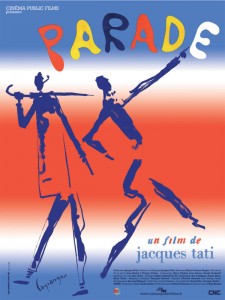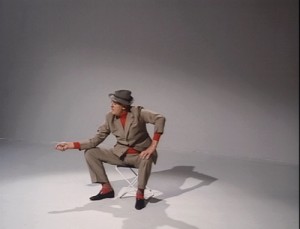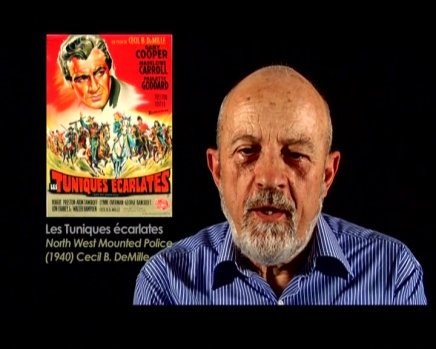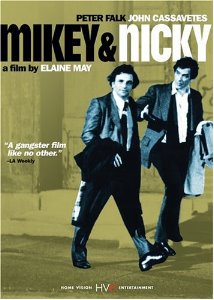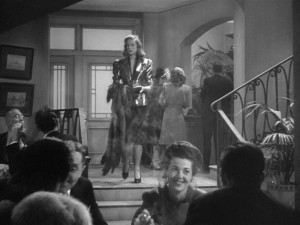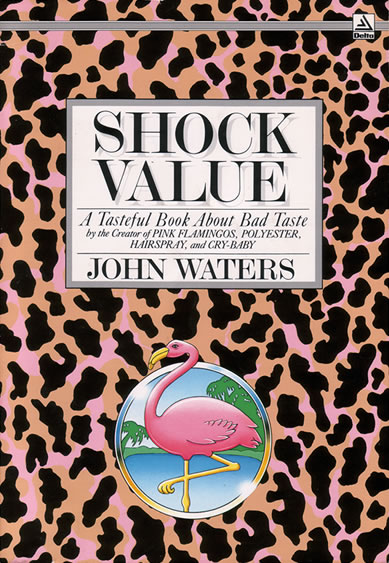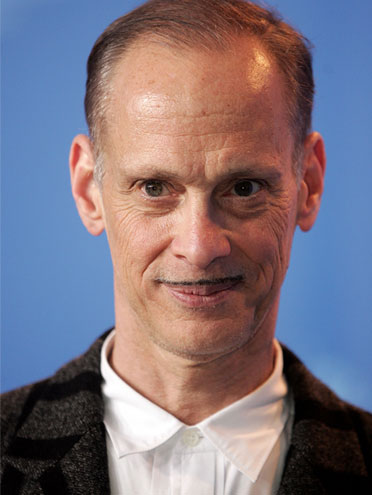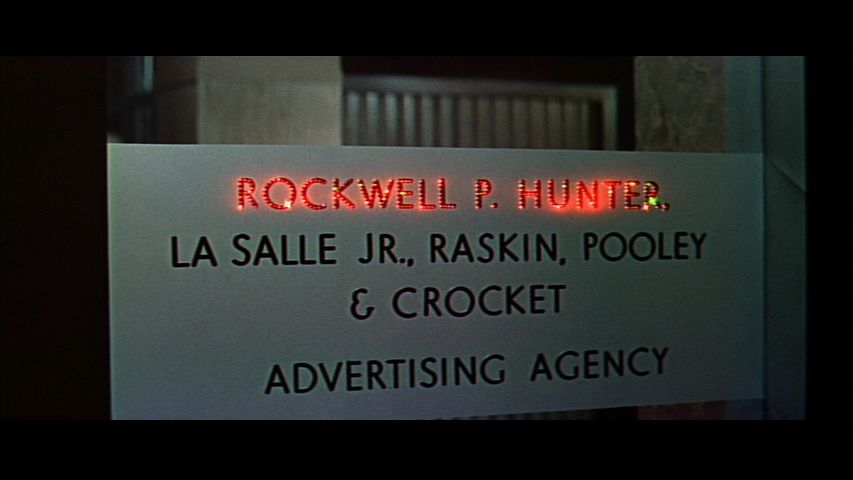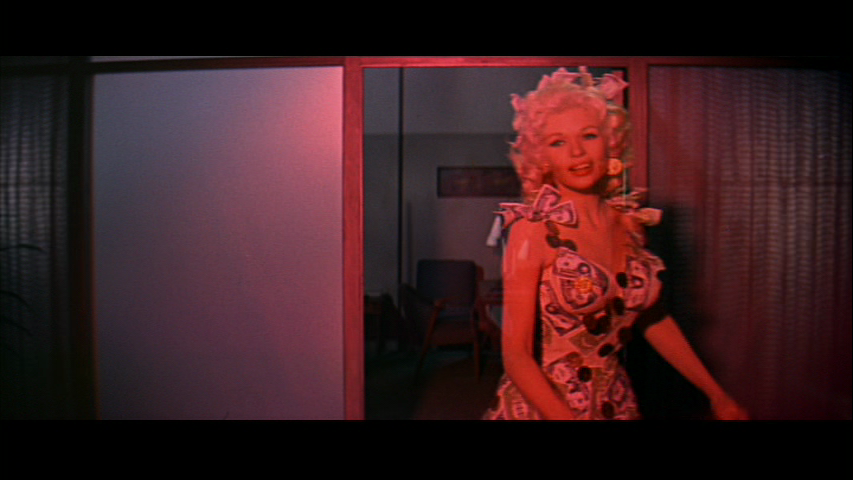Written in 2013 for a 2019 Taschen volume. — J.R.
Parade
1.Why is Parade Tati’s least known feature?
It’s surprising how many of Jacques Tati’s fans still haven’t seen his last feature, and in some cases don’t even know about its existence. Yet the reasons for this neglect aren’t too difficult to figure out.
For one thing, Parade is the only Tati feature apart from Jour de fête in which his best known and most beloved character, Monsieur Hulot, doesn’t appear. For another thing, it was made on an extremely modest budget, and shot mostly on video for Swedish television; it never received even a fraction of the advertising and other forms of promotion, much less distribution, accorded to his five earlier pictures. And some of those who have seen it don’t even regard it as a feature, but think of it merely as a documentary of a circus performance in which Tati appears only as an emcee and as one of the performers, doing some of his more famous pantomime routines. It doesn’t have a story in the sense that all his previous films do on some level, including even his early short, L’école des facteurs (1947).
On the other hand, what we mean by “story” is already a bit different in the work of Tati than it is in the work of most other important filmmakers, comic and otherwise. Read more

